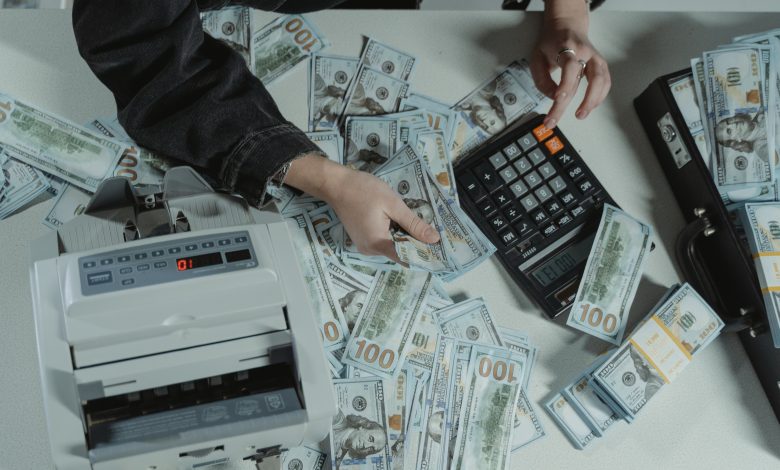LTCG on sale of shares in India. Long Term Capital Gains Tax

Capital gains tax is a common term you have probably heard a couple of times in the intraday trading world. If you are curious about it or need to start paying CGT but do not understand it, you have come to the right place. This article will break down everything about this particular tax, including what it is, how to calculate it, and how to reduce the amount you pay as an intraday trader. Read on to find out more.
What Is Capital Gains Tax?
Capital gains are obtained when the current market price of a share is higher than the purchase price. Simply put, this is the rising worth of an investment such as shares. For instance, if you bought shares of company x at Rs. 100 in 2010, and the current market price of the same shares is Rs. 105; the difference, Rs. 5, is the capital gain.
Therefore, capital gain tax is levied on the profits realized on the sale of stocks, bonds, residential plots, and collectables such as artwork. These taxes are applied to various movable and immovable assets, such as residential properties like houses and plots and assets such as shares, mutual bonds, government securities, and debentures. It’s categorized into two types;
Short Term Capital Gain (STCG) Tax
Under section 11A, any sale of shares or mutual funds that are undertaken within one year of acquisition will be considered STCG. The profits earned are subjected to a tax rate of 15% if occurring from the sale of listed stocks.
Long Term Capital Gain (LTCG) Tax
LTCG occurs when you sell shares and mutual funds within at most 3 years of acquisition. Any profits made from the sale of listed securities transaction tax (STT) shares are exempted from tax according to section 10 (38) of the Income Tax Act (ITA). Profits from non-STT paid shares are subjected to taxation at the rate of 10%.
Take a look at the following example to understand what we are talking about;
Ms. X has bought listed equity shares for rs.30,000 and sells the same after 20 years for Rs. 500,000, meaning the indexed cost will be 90,0000 (30,000*300/100). The taxable gain will become 500,000 subtract the indexing cost to give you 410,000.
If she chooses to avail indexation, the amount will be subjected to 20% taxation, which will be Rs. 82,000. If she chooses not to, the taxable gain is calculated by directly subtracting 30,000 from 500,000 and then subjecting the amount to 10% taxation resulting in Rs. 47,000 as tax.
- Calculating capital gain tax on shares
- When calculating the capital gain on shares, you need to know two things;
- The purchase price of the asset
- The expenses incurred during and after purchasing the asset. These expenses include everything from brokerage and maintenance fees, repairs, etc.
To calculate the capital gains, subtract the following from the purchase price;
- Indexed cost of the buying price of the asset.
- Brokerage fees.
The indexing cost is arrived at by adjusting the buying price against the current inflation rate, which the government releases. It basically increases the buying price of an asset and decreases the capital gain.
Exemptions
In 2018, policymakers proposed the removal of section 10(38) from the income tax. The section provides that any LTCG arising from the sale of shares on security transaction tax (STT) is exempted from taxation. According to the Kelkar committee report, the main objective was to attract more investors from foreign institutional investments.
In a bid to withdraw this section, the budget 2018 introduced section 112A, which proposed imposing taxes on shares, equity-oriented funds, and business trusts. Under the section, LTCG becomes applicable at the rate of 10% for any gains above 1 lakh per year, and owners stand to gain nothing from indexing. The provision has been applicable from the year 2019-2020 going forward.
How To Save Tax On Long Term Capital Gains
Investing in Residential Property
As per Section 54 of the ITA, a person or family shall be exempted from LTCG tax if they use the profits for another residential property. For this exemption to hold, the following condition needs to be met;
- The new property needs to be purchased 1 year before or 2 years after the sale of the current property. In the event of new construction, the house must be completed within 3 years after the sale of the current property.
- All the profit realized must be used to buy or build the new residential house. If the condition is not met, the amount not utilized will be subjected to taxation in India.
- Finally, for a tax transaction to be avoided, the full amount must be used to buy to construct property in India.
According to section 54F, the amount realized after selling a capital asset other than a residential property will be exempted from CGT if used to buy or construct a residential house. In such a case, the net sale is considered invested instead of only accounting for the gains. In case the whole amount is not reinvested, taxation will be done on a proportionate basis.
CG Account Scheme
holders of these accounts can withdraw funds to purchase houses and plots without being subjected to tax. If the money is withdrawn for any other reason, it must be used within 3 years to avoid being taxed at the applicable LTCG tax rate.
Investing in Bonds
Under section 54C, you can save on taxes by utilizing funds to acquire Rural Electrification Corporation Limited (RECL) and National Highways Authority India (NHAI) bond instruments. All gains from these bonds are fully exempted from taxation. You can access a list of these bonds on India’s official income tax department, plus the interest rates and everything you need to know. Those interested in intraday trading can consider this option to reduce taxes.
Takeaways
- In the case of shares LTCG is charged for instruments held for more than 1 year.
- STCG tax is charged at 15%, while LTCG is taxed at 10% for gains above 1 lakh.
- For other securities other than listed shares and mutual funds, LTCG is taxed at 10%.
- STCG tax is charged at 5%-30%+3% CESS for securities other than listed shares and mutual funds.
- You need the following details to calculate the CGT;
- The period for which they have been held.
- The nature of instruments traded.
- Whether STT tax has been paid on the sale of the instrument.
- It’s recommended to hold shares and other instruments for at least 1 year to reduce the LTCG tax levied.



